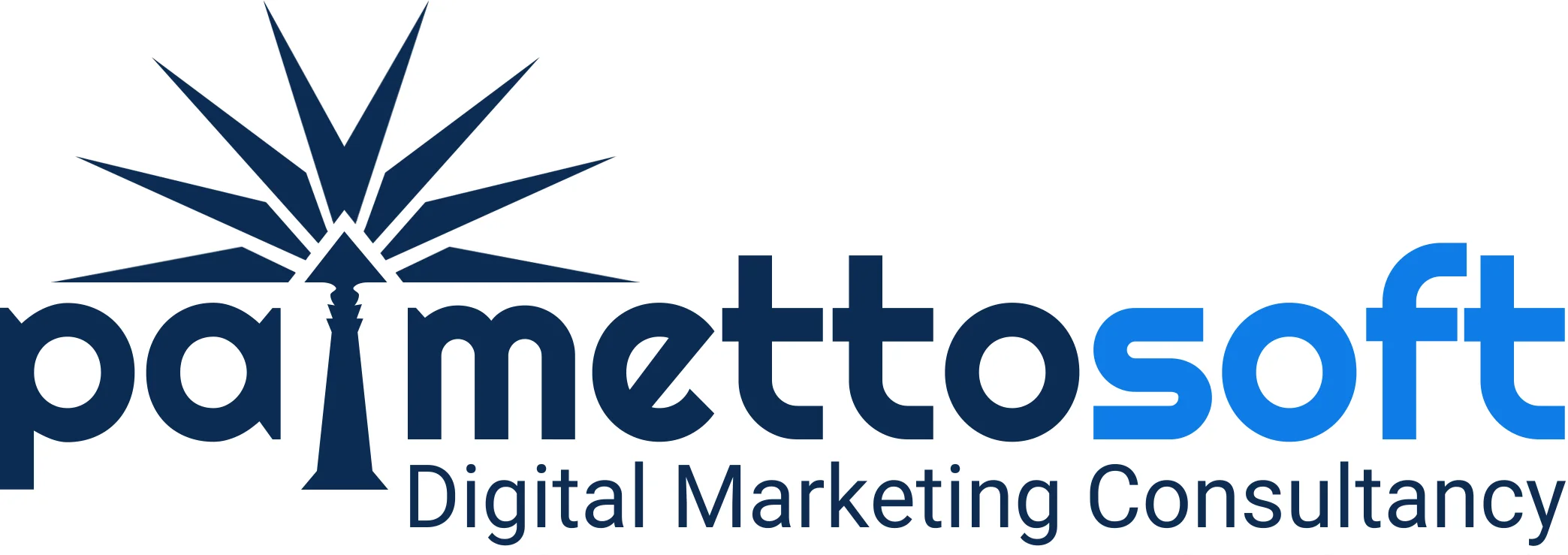After gathering requirements, the next crucial step in the web design process is crafting a detailed proposal. The proposal is not just a formal document; it’s a roadmap that outlines how the project will proceed, what it will deliver, and how success will be measured. A well-crafted proposal sets clear expectations, establishes trust between the client and the designer, and serves as a binding agreement that guides the project from concept to completion.
In this blog post, we’ll delve into the importance of the proposal in the web design process, explore the key elements that should be included, and provide tips on how to create a proposal that is both comprehensive and persuasive.
The Importance of a Well-Structured Proposal
The proposal is the bridge between the initial consultation (requirements gathering) and the execution of the project. It serves multiple purposes:
1. Clarity and Transparency:
The proposal provides clarity on what the client can expect from the project. It eliminates ambiguity by detailing every aspect of the project, from the scope of work to timelines and costs. This transparency helps in building trust and ensuring that both parties are on the same page.
2. Project Scope Definition:
A well-defined proposal outlines the scope of the project, specifying what will be included and what won’t. This is crucial for avoiding scope creep, which can lead to delays, budget overruns, and dissatisfaction. By clearly defining the boundaries of the project, the proposal helps manage client expectations and protects the designer from taking on work that wasn’t initially agreed upon.
3. Budget and Payment Terms:
The proposal serves as a financial blueprint, detailing the costs associated with the project and the payment terms. This ensures that the client understands the financial commitment required and agrees to it before any work begins. It also provides a basis for invoicing and helps prevent disputes over payments later in the project.
4. Legal Protection:
A well-crafted proposal often includes legal terms and conditions that protect both the client and the designer. This can include clauses on intellectual property rights, confidentiality, and dispute resolution. While it’s not a substitute for a formal contract, a proposal that includes these elements can serve as an enforceable agreement.
Key Elements of a Web Design Proposal
1. Project Overview:
Begin your proposal with a clear and concise project overview. This section should summarize the goals of the project, the client’s requirements, and the designer’s approach to meeting those needs. The overview sets the tone for the rest of the proposal and provides a high-level snapshot of what the project entails.
2. Scope of Work:
The scope of work is one of the most critical sections of the proposal. It should detail every aspect of the project, including the design process, functionality, features, and any deliverables. For example, if the project includes e-commerce capabilities, this section should outline the specific features (e.g., product catalog, shopping cart, payment gateway integration) that will be developed.
It’s also important to clearly define what is outside the scope of the project. This helps prevent misunderstandings and sets the stage for negotiating additional work if the client’s needs change during the project.
3. Project Timeline:
A detailed timeline is essential for keeping the project on track. This section should outline the various phases of the project (e.g., design, development, testing, launch) and the estimated time required for each phase. It’s also helpful to include key milestones and deliverable dates, which provide a framework for monitoring progress and ensuring that the project stays on schedule.
4. Budget and Payment Terms:
The budget section should break down the costs associated with the project, including design, development, testing, and any additional services such as content creation or ongoing maintenance. It’s important to be transparent about costs and to provide a detailed breakdown so the client understands where their money is going.
Payment terms should be clearly outlined, including the payment schedule (e.g., upfront deposit, progress payments, final payment) and the accepted methods of payment. This section may also include terms for late payments or additional charges for changes that fall outside the original scope.
5. Technical Requirements:
If the project involves specific technical requirements, such as integration with third-party platforms, hosting services, or compatibility with certain devices and browsers, these should be detailed in the proposal. This ensures that the client is aware of any technical limitations or additional costs associated with meeting these requirements.
6. Deliverables:
This section should list all the deliverables the client can expect by the end of the project. Deliverables might include wireframes, design mockups, a fully functional website, training documentation, or ongoing support services. Being explicit about what will be delivered helps manage client expectations and provides a basis for measuring project completion.
7. Assumptions and Dependencies:
A well-crafted proposal should include any assumptions that have been made during the planning process, such as the client providing certain content or the availability of specific resources. It should also identify any dependencies that could affect the project timeline, such as waiting for third-party approvals or the availability of key stakeholders.
8. Terms and Conditions:
While the proposal isn’t a substitute for a full legal contract, it’s wise to include basic terms and conditions that cover issues such as intellectual property rights, confidentiality, and cancellation policies. This section can also outline how changes to the project scope will be handled and what processes are in place for resolving disputes.
9. Next Steps:
Conclude the proposal with a clear call to action. Outline the next steps the client should take if they wish to proceed, such as signing the proposal, making an initial payment, or scheduling a kickoff meeting. This helps maintain momentum and encourages the client to move forward with the project.
Tips for Crafting an Effective Proposal
1. Tailor Each Proposal:
While it might be tempting to use a one-size-fits-all template, each proposal should be tailored to the specific client and project. Personalizing the proposal shows that you understand the client’s unique needs and are committed to meeting them.
2. Be Clear and Concise:
Avoid jargon and overly technical language. The proposal should be easy for the client to understand, even if they’re not familiar with web design terminology.
3. Use Visuals:
Where possible, include visual aids such as timelines, wireframes, or mockups. Visuals can help convey complex ideas more clearly and make the proposal more engaging.
4. Proofread Thoroughly:
A proposal with errors can undermine your professionalism. Take the time to proofread and ensure that the proposal is polished and error-free.
Conclusion
The proposal is a vital step in the web design process, serving as a roadmap that guides the project from start to finish. It establishes clear expectations, protects both the client and the designer, and provides a basis for measuring success. By taking the time to craft a detailed and well-structured proposal, you lay the groundwork for a successful project that meets the client’s needs and achieves their goals.
Related Posts:
Web Design Process: Gathering Requirements
Web Design Process: Crafting an Effective Navigation Summary
Web Design Process: The Importance of Wireframing
Web Design Process: The Importance of Content Collection
Web Design Process: Mastering Mockup Design
Web Design Process: Navigating the Development Phase
Web Design Process: The Importance of Rigorous Testing
Web Design Process: Crafting Effective Prototypes
Web Design Process: Successfully Launching Your Website









